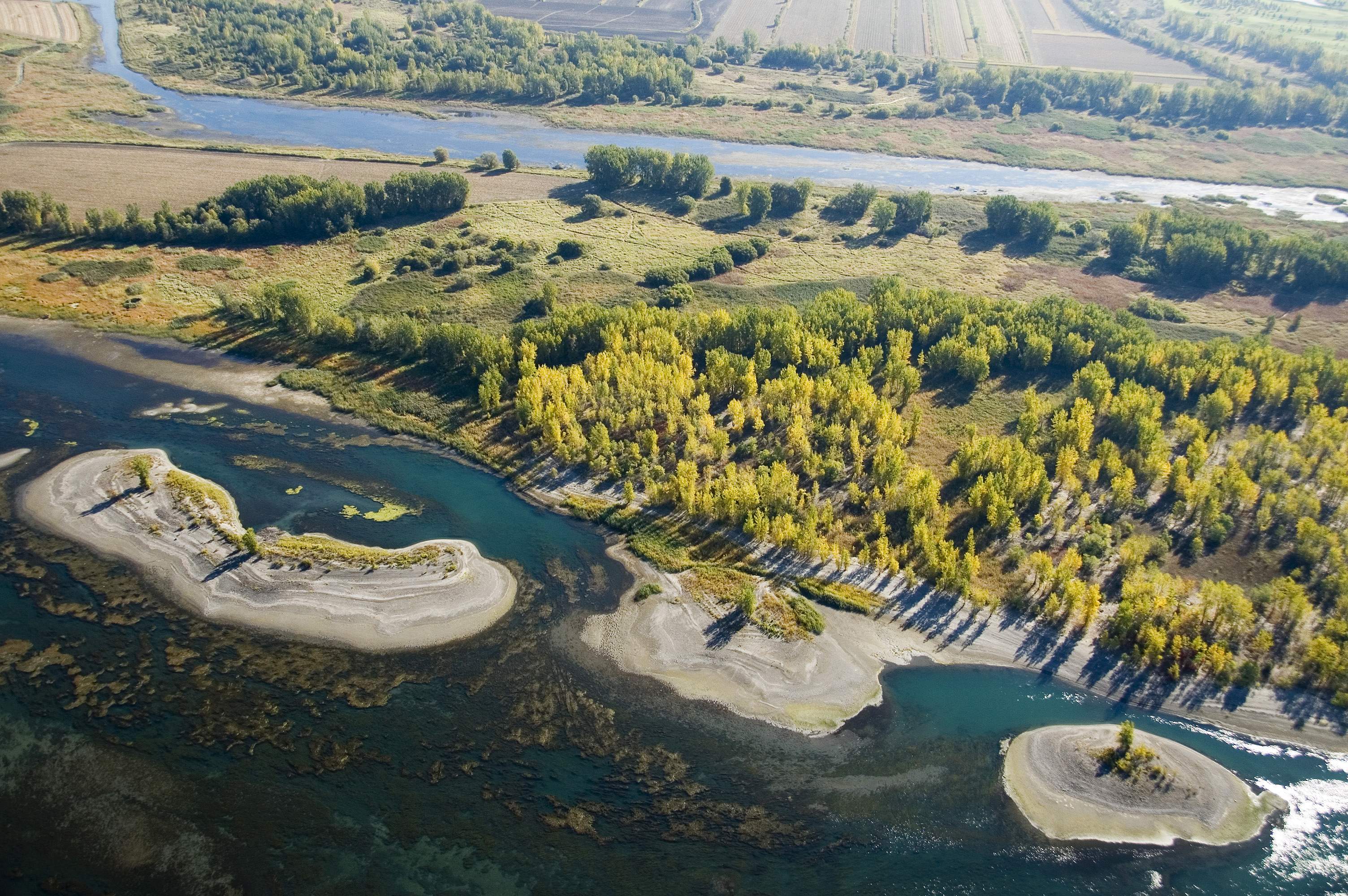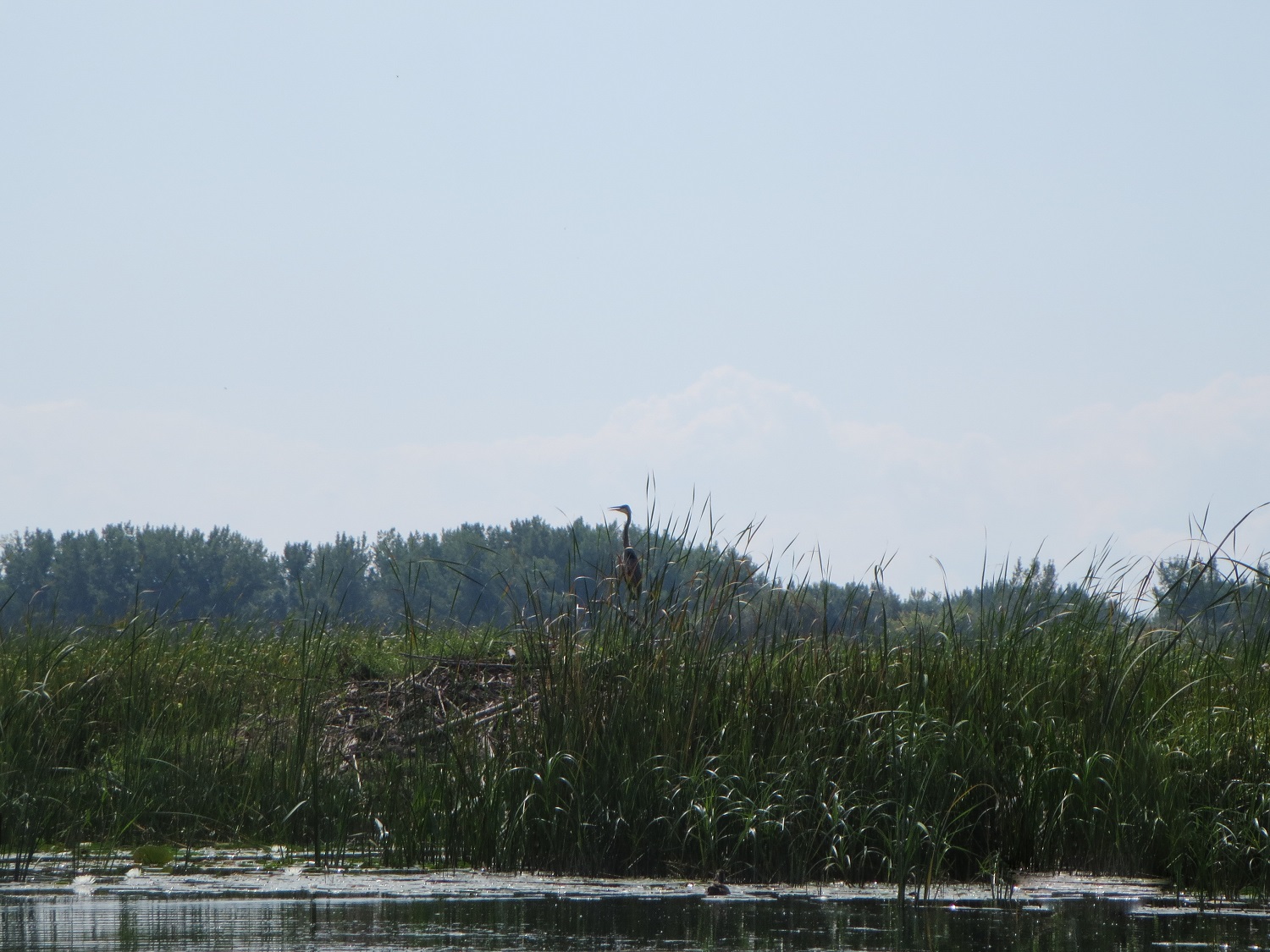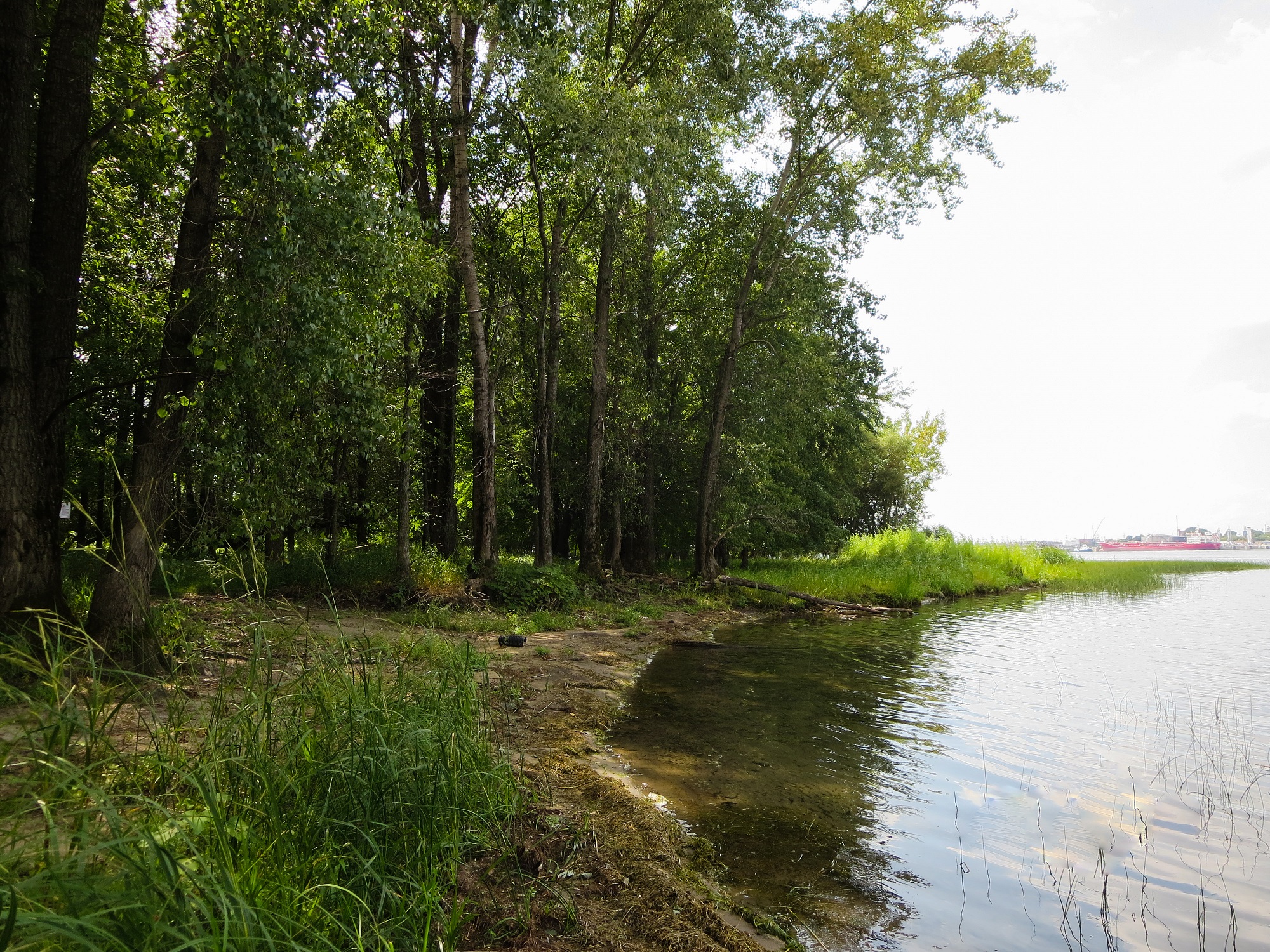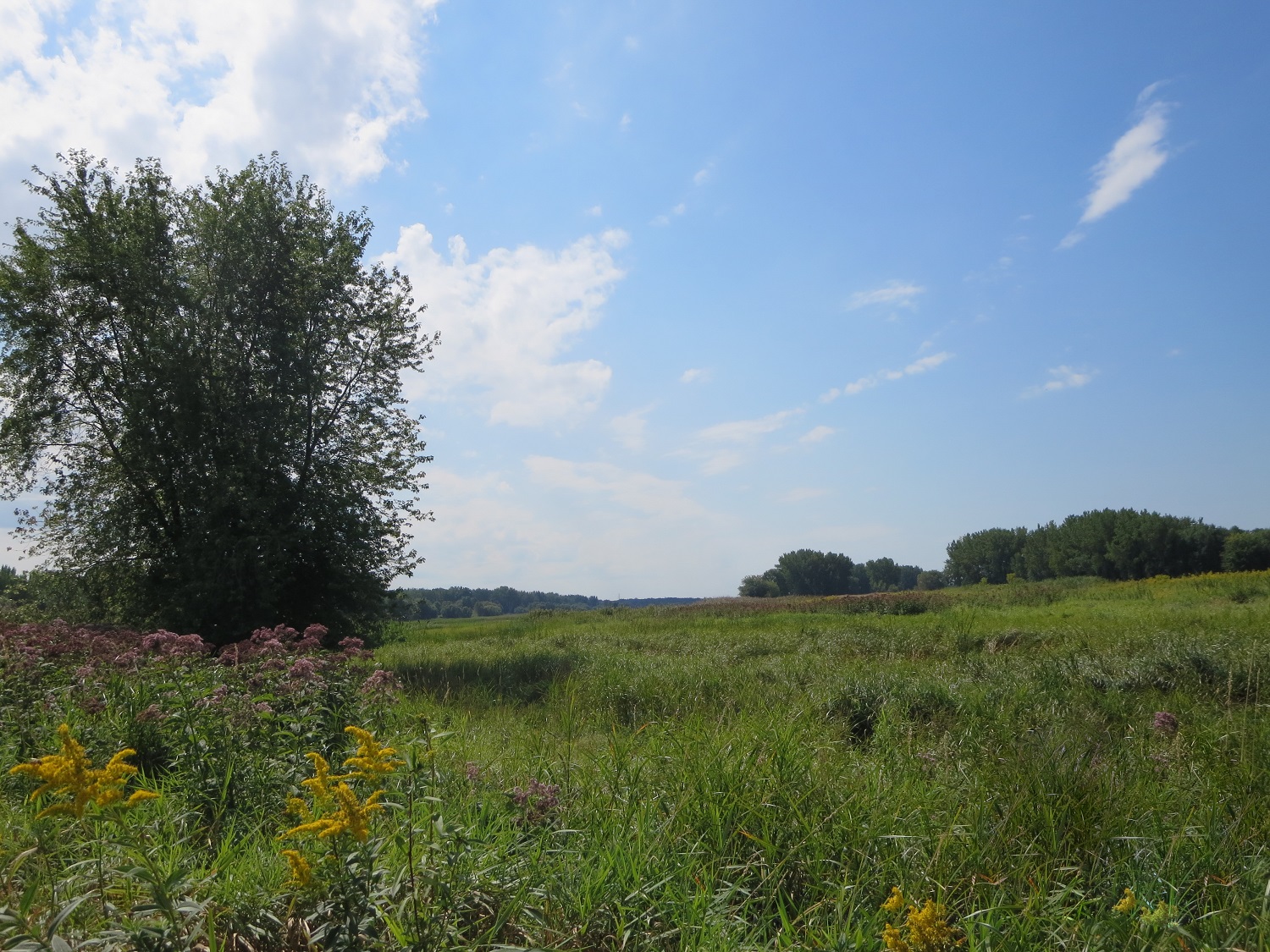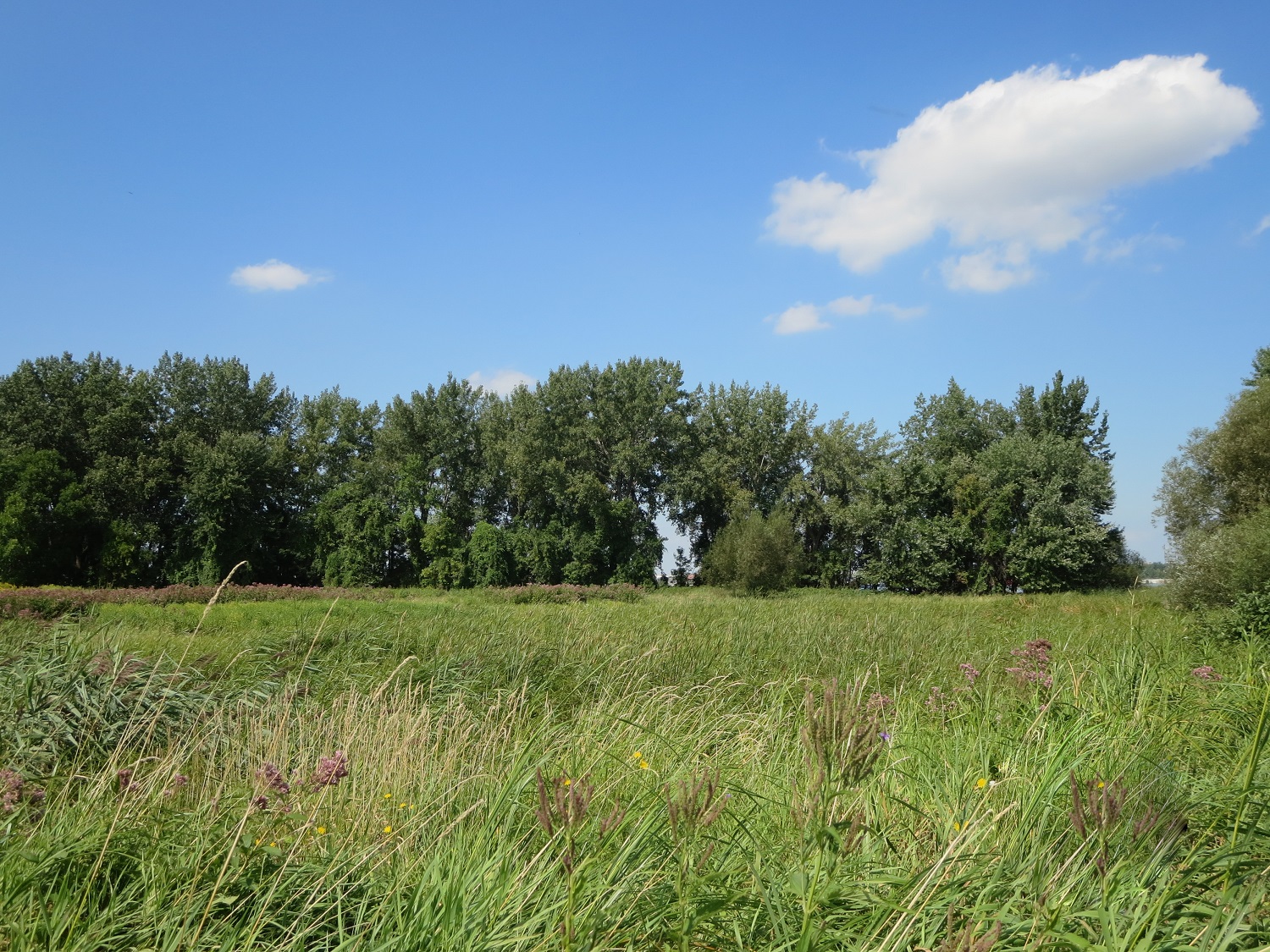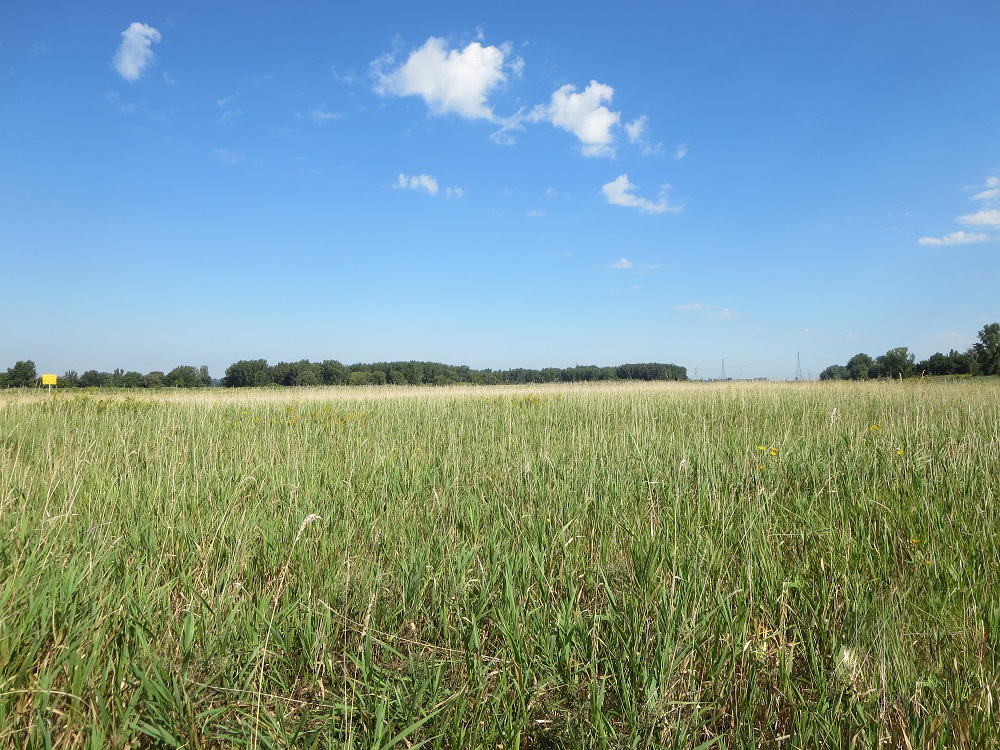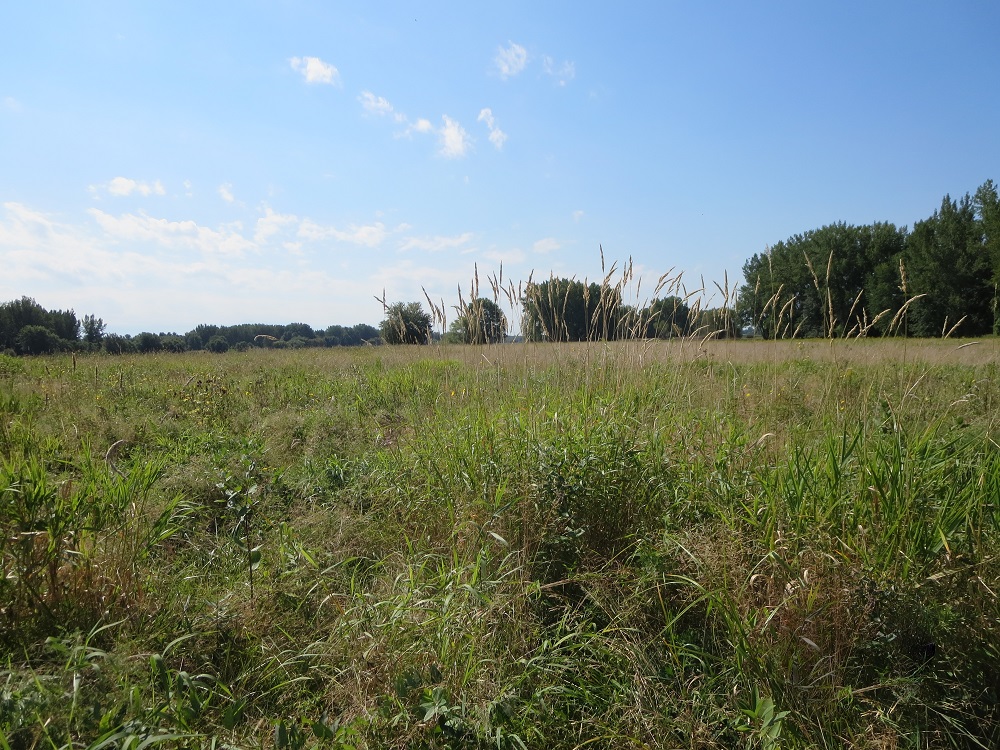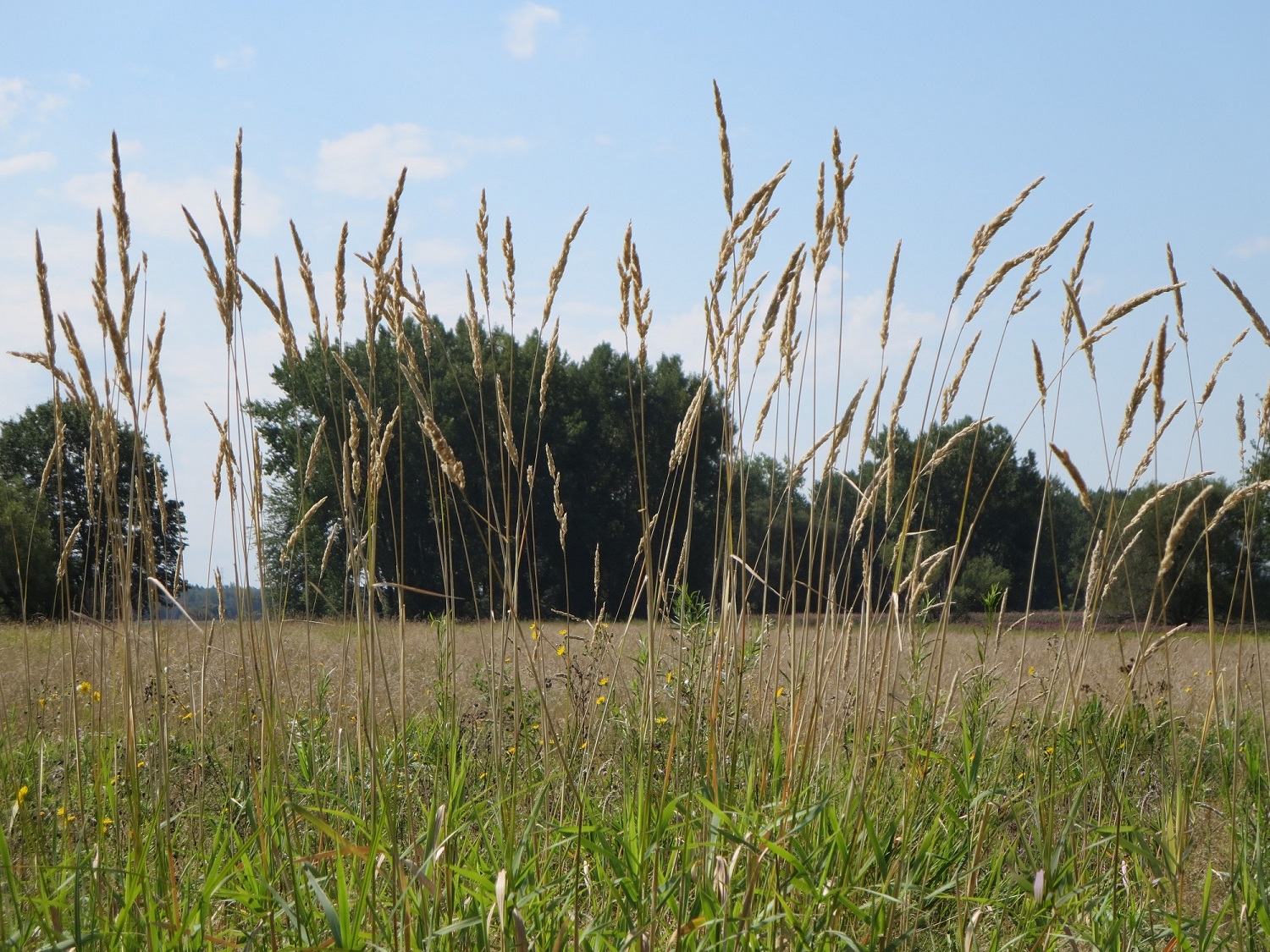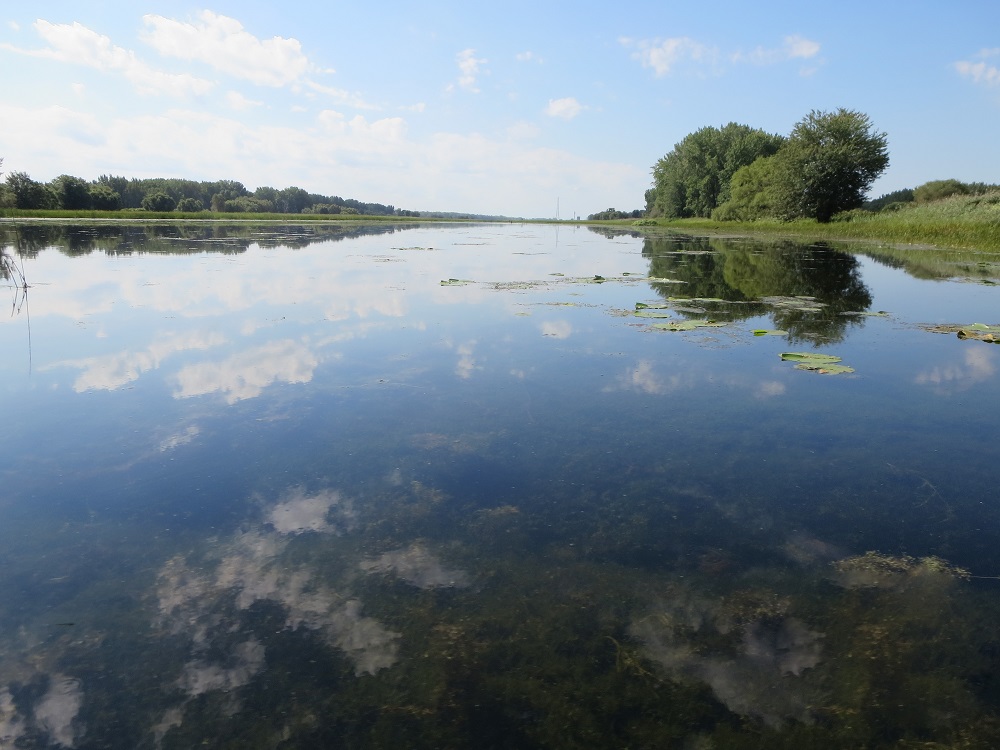
What does the MPA do on the Boucherville Islands it administers?
Not many people know this, but the Montreal Port Authority (MPA) has been managing nine of the islands in the Boucherville Islands archipelago since 1961, when it acquired them from the federal government. What does it it do on these islands?
Nine islands, 150 hectares
The MPA manages the Tailhandier tidal flats, the Îlot de la Baronniee and the following islands: Jacques, Tourte Blanche, Dufault, Lafontaine, Haut-fond à Bleury, Montbrun and La Petite Île. Their total surface area is over 150 hectares and they are home to over 200 species of birds, including the Least Bittern, an endangered species.
Once upon a time the possibility of developing port activities on some of the islands was considered, but never came to pass. Other projects were studied, for example a nature interpretation centre, but in 2006, the MPA decided to develop a wildlife habitat restoration project largely aimed at restoring fish habitat. This plan was submitted to Fisheries and Oceans Canada for approval.
Fish habitat rehabilitation
From the outset of its management, the MPA has focused on fish habitat rehabilitation.
When it first acquired the islands, they were occupied by farmers and frequented by hunters who came ashore to hunt deer. Some had even built little chalets! Since then, the islands have been closed to hunting and growing corn.
In 2008, an intensive fish habitat rehabilitation program was launched on the Tailhandler tidal flats and the Dufault, Lafontaine, Montbrun and Tourte Blanche islands. Before that, the aquatic channels that ensured the free movement of fish was getting blocked over the years by the construction of access roads between the islands to move farm equipment. This also made the islands prone to invasive plants. The extensive rehabilitation project, carried out in three phases between 2008 and 2012 over more than 28 hectares, made it possible to reopen the old channels, plant aquatic plants, remove invasive plants and create spawning grounds and woodlands. This project helped improve the reproduction of pike, sucker, catfish, rock bass, yellow perch and many other species of fish, and also provided a habitat for many migratory birds. From the end of the project until 2018, the efficiency of the facilities and the quality of the habitats have been regularly monitored by the MPA.
A National Wildlife Area
In 2019, the MPA and Environment and Climate Change Canada (ECCC) agreed to work together to have eight of these islands designated as a National Wildlife Area (NWA) to give them legal status for biodiversity protection. The process of creating an NWA may take a few years. Pre-consultations in which the MPA is involved began in 2020, notably with First Nations communities. Wildlife and plant inventories are underway and will be followed by a study of the archaeological potential and future inventories.

